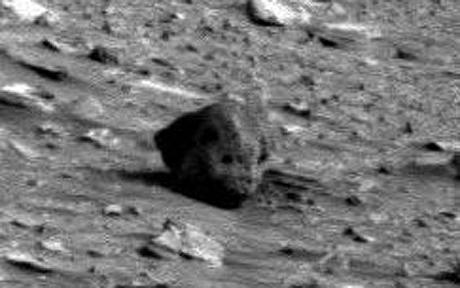 Aliens could find life on earth by looking at the moon. New detection method could help spot signs of life on exoplanets.
Aliens could find life on earth by looking at the moon. New detection method could help spot signs of life on exoplanets.
So many exoplanets may hold water, atmospheres, just-right temperatures and a rocky surface for life to flourish — we just need to know where to look. Once astronomers have pinpointed a good candidate, we also need to know how to look — which instruments and methods might sniff out the right chemical signatures of life. A new trick that essentially amplifies those signatures could be one way to do it. Astronomers at the European Southern Observatory just discovered life on Earth with this method, treating our home as if it were an exoplanet.
Even from the point of view of closely orbiting satellites, it’s not immediately clear that this planet hosts life — you can’t see it (with the exception of green vegetation, of course). But the chemical signals are crystal clear. Earth has far more oxygen and methane in its atmosphere than would exist naturally, without some sort of generation and consumption cycle driven by life’s metabolism.
Spectroscopy can detect these gases, along with other so-called biosignatures, but they can be weak signals. This involves breaking up the light that reflects off a planet into its constituent colors, like putting it through a prism, and then determining which elements are present on the planet based on the colors they emit and absorb. This will be especially hard for distant exoplanets, whose blazing host stars drown out the planets’ feeble light. “[It’s] a bit like trying to study a grain of dust beside a powerful light bulb,” said Stefano Bagnulo of Armagh Observatory in Northern Ireland, in an ESO statement

Originally posted 2016-02-24 00:27:49. Republished by Blog Post Promoter














